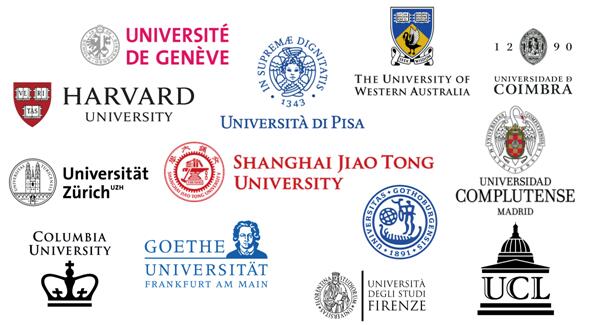The municipal eye disease prevention and treatment center launched the dry eye diagnosis and treatment studio, and the incidence rate of dry eye in China is about 21% to 30% of the meibomian gland | dry eye | eye disease
According to the Statistics of Chinese Dry Eye Expert Consensus, the incidence rate of dry eye in China is about 21%~30%, and it is estimated that there are at least 300 million patients nationwide. The Dry Eye Diagnosis and Treatment Studio of Shanghai Eye Disease Prevention and Treatment Center was officially launched today. In the future, the studio will continuously improve the dry eye diagnosis and treatment standards, and form standardized diagnosis and treatment concepts and service models. Suitable technologies will be promoted to the community, allowing residents to enjoy convenient dry eye diagnosis and treatment services at their doorstep. Executive Dean and Party Secretary Gao Wei stated that this is also one of the livelihood service measures recently launched by the hospital around high-quality development and meeting the needs of the people.
It is reported that dry eye syndrome is a chronic ocular surface disease caused by multiple factors. The instability of the tear film or imbalance of the ocular surface microenvironment caused by abnormalities in the quality, quantity, and dynamics of tears can be accompanied by ocular surface inflammatory reactions, tissue damage, and nerve abnormalities, resulting in various discomforts and visual dysfunction in the eyes. Experts say that dry eye has become one of the most common ocular surface diseases, with common clinical symptoms including dryness, pain, and foreign body sensation in the eyes. Some patients also experience symptoms such as redness, high sensitivity, fluctuating blurred/decreased vision, and non inflammatory secretions.
Dr. Luo Qin, Deputy Chief Physician of the Eye Surface Specialist Department of the Municipal Eye Disease Prevention and Control Center, introduced that patients with dry eye syndrome have a wide range of involvement, and people of different ages, including the elderly, middle-aged, and young, will have symptoms of dry eye syndrome. However, the current construction of clinical sub specialties cannot meet the rapidly increasing demand for medical treatment. The establishment of studios aims to help more patients understand that dry eyes require a complete, medium to long-term diagnosis and treatment cycle, which cannot be taken lightly.
Expert supplement: The vast majority of patients do not suffer from dry eye syndrome caused by severe immune system diseases, and the causes of the disease vary for different patients. For example, elderly people often experience eye surface problems due to decreased hormone levels, chronic diseases, and long-term and excessive medication use; The middle-aged and young population mainly suffer from eye surface diseases due to prolonged use of mobile phones, computers, and driving, which require a high level of mental concentration and significantly reduce the frequency of blinking. In addition, prolonged use of air conditioning can lead to a dry environment, and wearing contact lenses, beauty lenses, etc. can cause significant damage to the cornea; Psychological issues such as anxiety and depression can also trigger the occurrence of dry eye syndrome.
The treatment of dry eye syndrome is based on accurate disease classification. The newly launched studio is equipped with an advanced ocular surface analyzer, which can quickly perform multiple tests such as tear film examination, tear film rupture test, tear sealing test, and meibomian gland function status, effectively reducing the burden of patients seeking medical treatment.

It is understood that the conventional treatment options currently available for most dry eye patients include steam fumigation, meibomian gland massage, and the use of artificial tears. On this basis, the studio deepened its innovation, selected Chinese herbs for fumigation treatment according to the patient's conditions in combination with the specialists of integrated traditional and western medicine, and cooperated with certain acupuncture and moxibustion therapy, which played a good role in promoting the improvement of patients' symptoms. For patients with moderate to severe and poor meibomian gland function, pulse laser treatment can be used.
However, the first thing that the vast majority of dry eye patients need to do is to change their daily life and work habits, such as avoiding prolonged eye use, adjusting the work and study environment reasonably, increasing indoor humidity, reducing the wearing of corneal contact lenses, and using various eye drops/eye drops unreasonably.
Zou Haidong, the director of the Shanghai Eye Disease Prevention and Control Center, finally stated that the studio will provide continuous, standardized, and personalized diagnosis and treatment for patients. The same doctor will track the entire process of diagnosis and treatment, establish a dry eye record for patients, and record in detail changes in patient signs, treatment plans, and therapeutic effects. This will effectively reduce the communication costs between patients and doctors for follow-up visits, facilitate continuous diagnosis and treatment, and improve the quality of diagnosis and treatment services.



